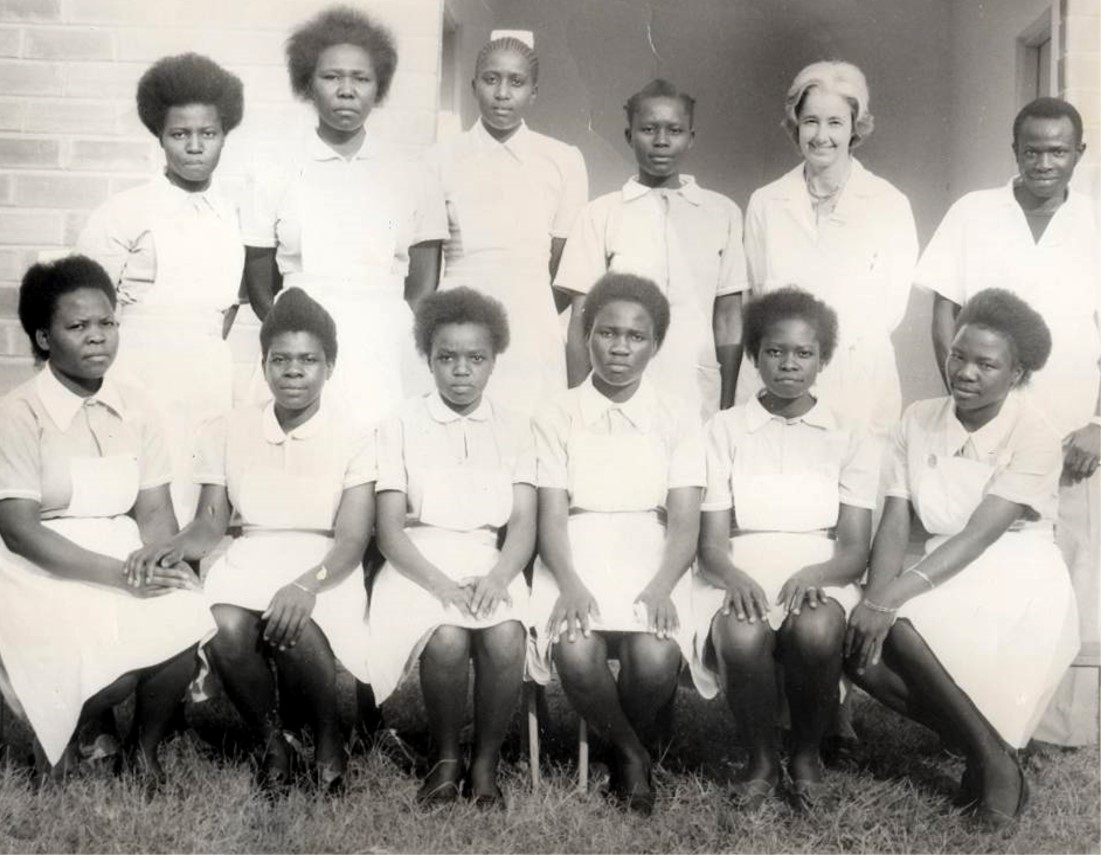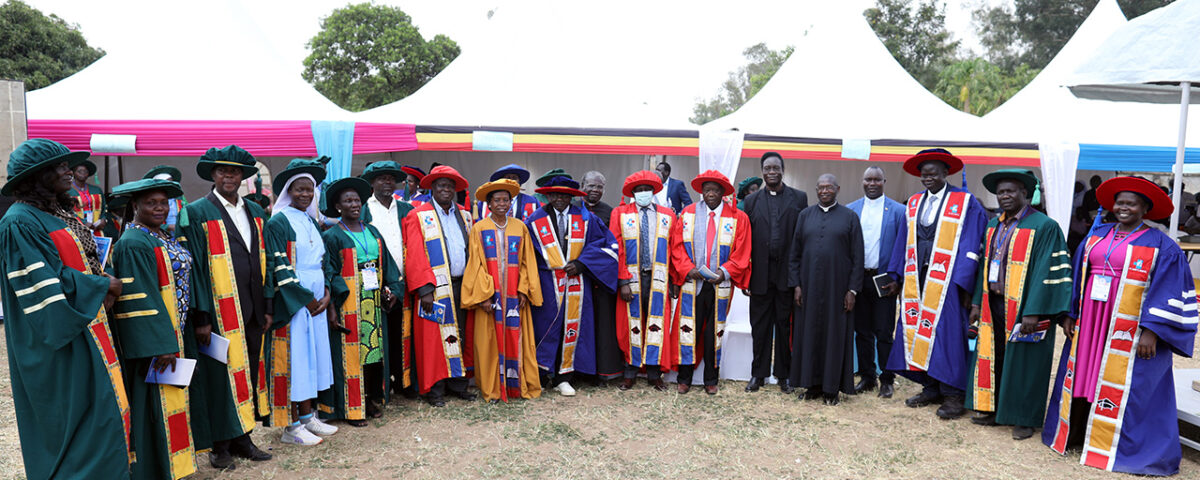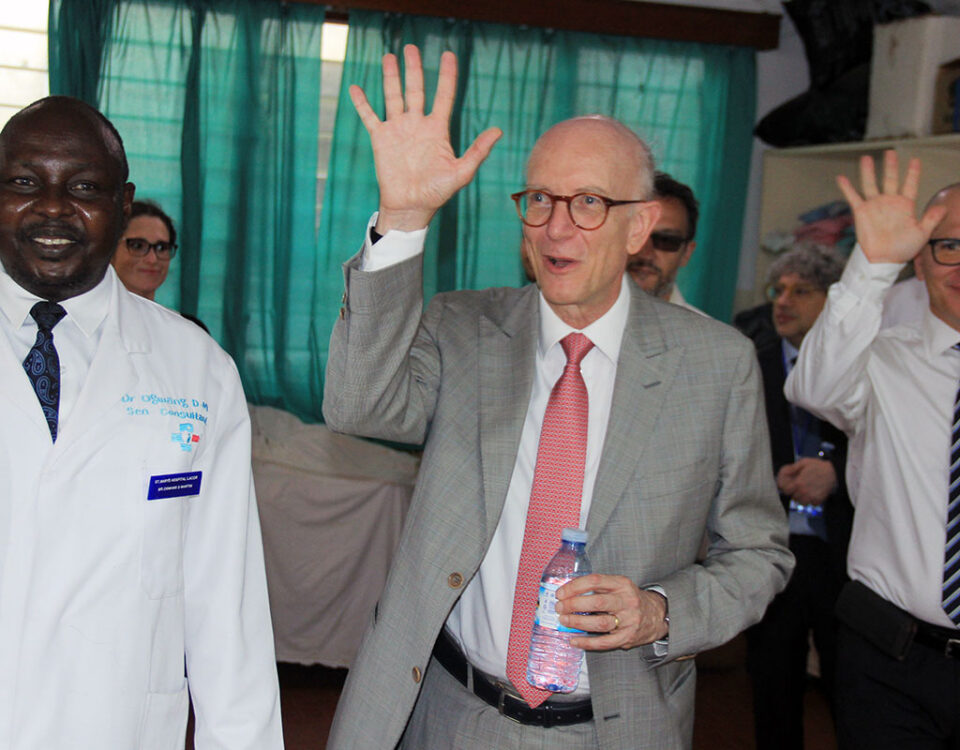War, strife, political persecution, ethnic cleansing, murder and abductions are some of the words that can be used to describe the 70s under the leadership of Idi Amin Dada in Uganda. Idi Amin, the chief of the army dissolved Parliament with a coup, took over absolute control and declared himself President for life in 1971.
The country started on a spiral of severe economic depression and social disintegration, political repression, extremely serious violations of human rights with ethnic persecutions, particularly amongst Acoli and Lango peoples who supported former president Obote and made up a large part of the army. Between 100,000 and 300,000 people are estimated to have been killed during this dictatorship.
Up north, Drs Lucille and Piero Corti had made progress in developing St. Mary’s Hospital Lacor that was founded in 1959 by Bishop GB. Cesana. The two were making a giant step forward in offering free inpatient admission for all children, a bill that was covered by donations from Italy. By this time, only a few Comboni Missionary sisters serving as midwives and nurses were present at the hospital together with some local staff trained on the job.
Piero and Lucille saw the need for more trained Ugandans on the job since the Italian doctors who were leaving at the time could not be replaced and so in February 1973, the hospital’s Nurse Training School was inaugurated. But soon the school would be in trouble due to the prevailing political atmosphere.
“We were scared. We would eat outside the dining hall for fear of bullets. We used to sleep in the bush some times,” says Sr. Angioletta, a former student. “There were some senior nurses who decided to leave the hospital since they were being targeted by soldiers.”
Many of the missionary hospitals were already closed by this time and that means patients were pouring in at Lacor in large numbers. The Cortis had to move faster to meet the demands for trained personnel but even though their desire was to recruit more, there was room for only fifteen nursing students.
It didn’t take long for the school to become one of the best in the country as it produced two of the only three distinctions in the entire country with the government commission’s final exams of the 250 who sat in 1976. This was a good start for the school since it was the first class which had reached the end of the three-year course.

First nursing students – 1973
The school has never looked back since then, producing some of the best students in the country such as Lakareber Philippa, a 2020 student who scored a CGPA of 5.0, the highest score and training more than 9,000 in the 50yrs of this institution.
“Our students are always taken up by the job market because of the quality we produce,” says Sabuni Olal, the Principal. “They are known for doing the right thing and their attitude towards the patient is also good.”
Though the liberation war of the 70s and the LRA war in northern Uganda disrupted studies as a result of students and tutors being abducted by rebel groups and the suspension of national exams coupled with economic hardships, the school has continued to survive through resilience and it is more than ready to face the next 50yrs with courage.
“We intend to start bachelor in nursing in the next few years. We have already requested the education training department in the ministry to allow us to start the program including an e-learning programme for midwives,” says Sabuni Olal of the future of the school.


